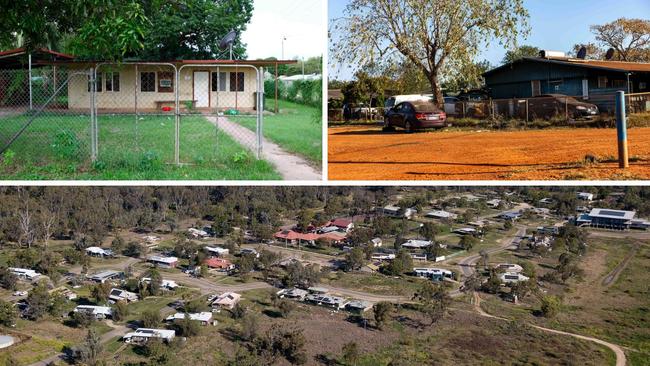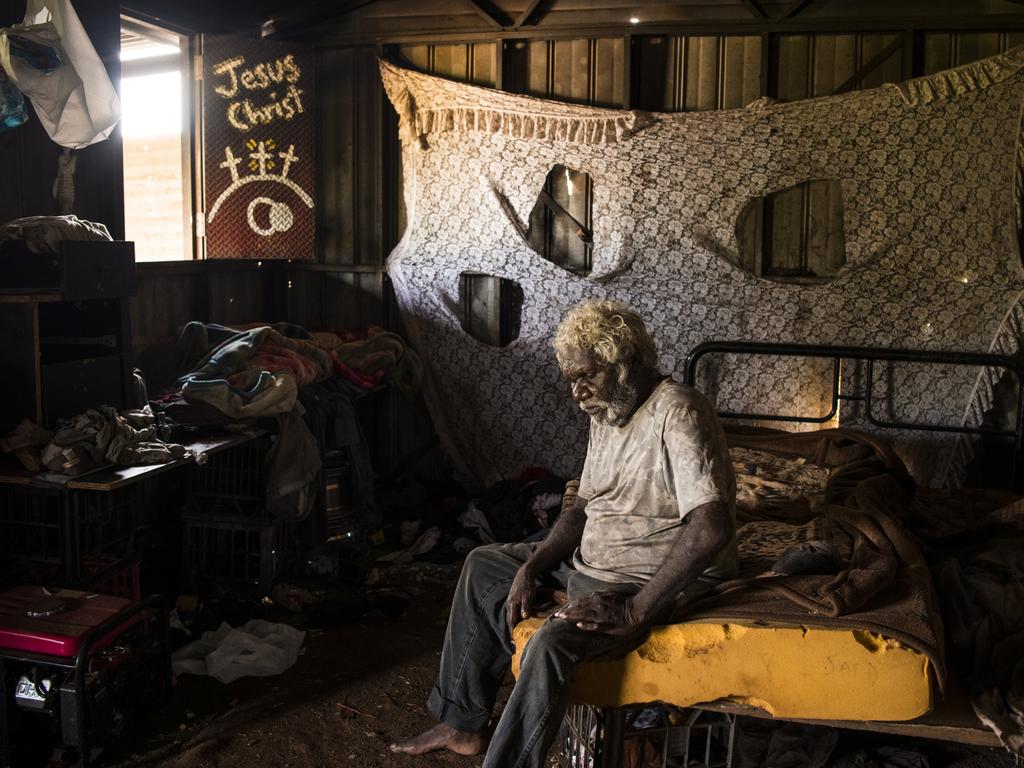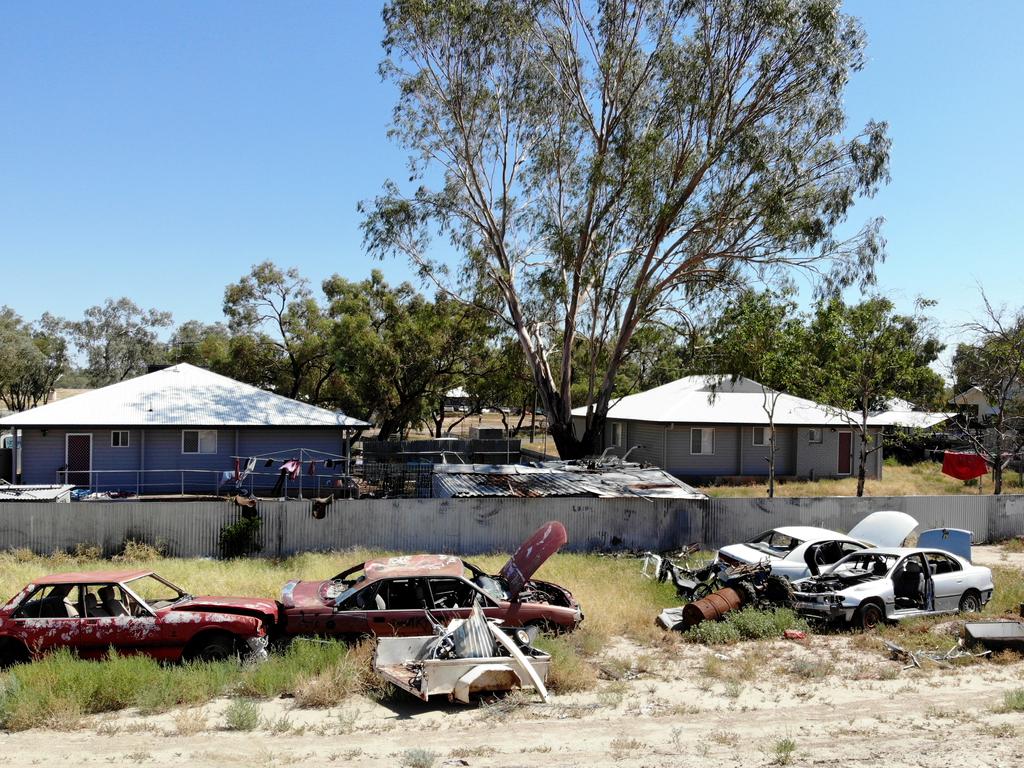Property ownership key to closing the gap

A year on from the referendum, we have a government bereft of ideas and without a clue how to tackle Indigenous disadvantage.
For most of last year I travelled the country, speaking to Australians from all walks of life. I found universal despair at the plight of many Indigenous Australians and a universal desire to see an end to Indigenous disadvantage. But there was confusion and scepticism as to how the voice would help. At the referendum, the Australian people sent a clear message to governments. Focus on outcomes that will improve Indigenous lives.
In a recent paper for the Centre for Independent Studies I outlined a road map for closing the gap centred on four pillars – economic participation, education, safe communities, and accountability. I’ve advocated for these many times before; some governments have even built policies around them. But no government has done so while also taking the hard steps to reform Indigenous land tenure. And that is essential.
All Indigenous land rights tenure is based on a collective holding of title and income. Individual property ownership is barred and centralised; community-controlled organisations own and control everything that happens on the land. It’s a form of state-sponsored socialism.
This is a fundamental barrier to economic participation. Home ownership is a key pathway to economic independence and wealth creation for most Australians, but impossible for Indigenous people living in these communities. When combined with the collective control of most other activities on these lands, even who can visit, business creation becomes virtually impossible. These communities have almost a complete absence of commerce.

It’s not just isolated Indigenous communities on traditional lands. In cities such as Alice Springs, private property ownership is available everywhere except in the Aboriginal town camps, which are owned by Aboriginal councils, some of whom are nothing more than slumlords running some of the most derelict housing in Australia.
Last year I published a paper for the CIS that incorporated a statistical analysis of remote Indigenous and non-Indigenous communities and showed there are fundamental differences in their economies that cannot be blamed on remoteness or population size. It also indicated there’s substantial economic potential trapped in remote Indigenous communities that’s restricted by structural barriers. Land tenure is the biggest structural barrier of all.
We need to reform Indigenous land tenure to allow private property ownership, with areas such as the townships able to be subdivided into separate, individually owned titles that can be bought and sold. By anyone. This idea meets with huge opposition. There are three main objections.
The first is a concern among traditional owners that private title means breaking up traditional lands, diminishing land rights that were hard won, and turning traditional lands into Swiss cheese. These concerns can be addressed and, in my experience, opposition subsides once people have an opportunity to talk through and understand how.
There’s no need for Swiss cheese. There are already land tenure models where private title exists as a sub-right under an overarching title. Large areas of the UK have private title through 99- or 125-year leaseholds from councils, estates and charitable trusts. Private title in the ACT is via 99-year Crown leases. Strata title is another model for private property ownership that incorporates both individual and collective ownership. Private title can exist on traditional lands under the same land tenure models without voiding or breaking up the residual ownership.
It should be through existing land tenure models whose operation and legal status is well understood and can be accommodated by, for example, bank lenders. Inevitably, you’ll hear that some specially tailored model for private ownership is required for Indigenous communities because of culture. I disagree.
Go back far enough in history, every human group once lived in tribal communities with collective use of assets and resources. Yet private property ownership exists today in virtually every culture and region of the world. It can exist within Indigenous lands and cultures too.
The second objection is that private ownership will allow people who aren’t traditional owners to move to these communities. What this objection ignores is that remote Indigenous communities already have long-term residents who aren’t traditional owners. These include Indigenous people from other traditional lands who generations ago were moved off their own country into missions, people who work in Indigenous communities, sometimes staying indefinitely, and people who have married locals.
What would be so wrong with teachers, nurses, police, art curators and so on putting down roots in the community and buying their own home? What would be wrong with an outsider acquiring a 99-year lease to build rental housing when many of these communities have chronic overcrowding and housing shortages?
The third objection will be the screams from the organisations who currently hold the land and any income collectively for everyone else. They are influential, embedded and entitled. Private property ownership takes power away them and devolves it to individuals. They’ll be no more willing to surrender their position as the controllers and gatekeepers of these communities than the communist regimes were at the end of the Cold War. Politically, this has always been the hardest hurdle to overcome. Which serves to illustrate why it must be.
For too long now, governments have been focused on ideology-driven solutions based on an even bigger, more expensive, more centralised bureaucracy; advocated for by Indigenous elites from academia, the public service and government-funded organisations that already dictate government policy. This approach was shot down in flames with the defeat of the voice.
Heed the message from the Australian people. Stop wasting money on talkfests and largesse for those who already sit at the table. Implement initiatives that drive Indigenous economic participation and ensure there is an environment that will allow it.





The debate around land reform on Indigenous traditional lands has been going on for decades, and has been heated. It’s time to reignite it.